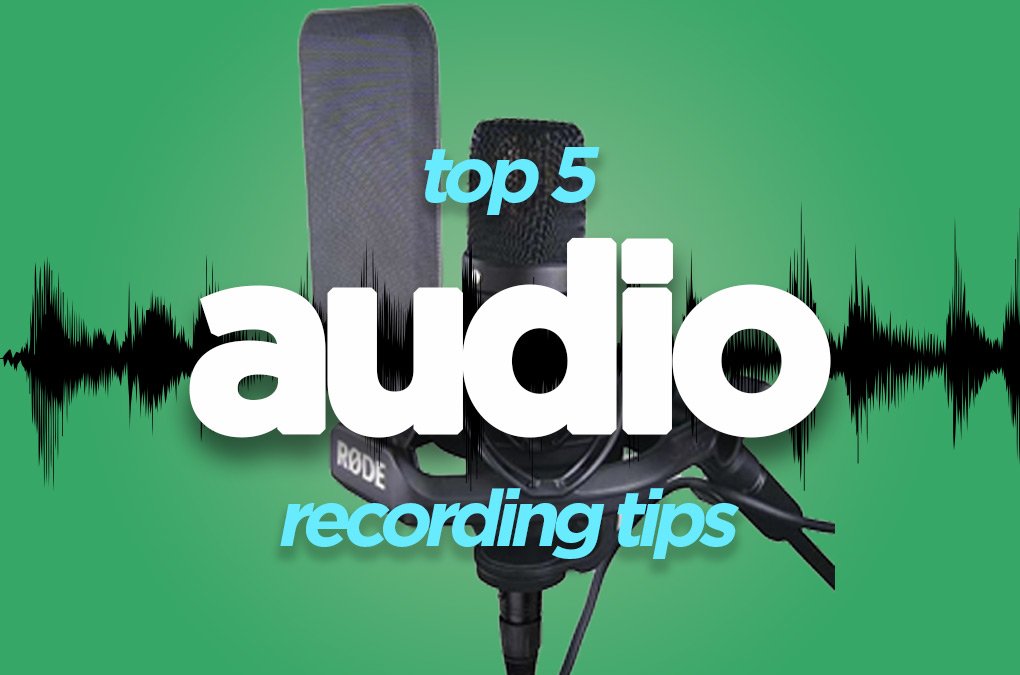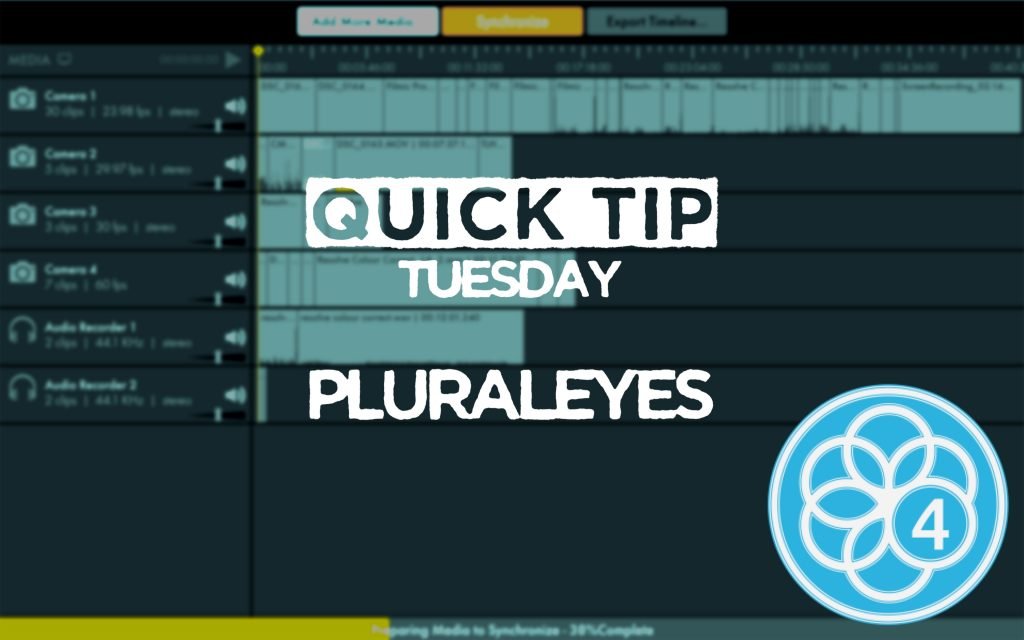Make Bad Audio A Thing Of The Past.
We’ve all been there. We open up the rushes that you shot the day before. That particular day you didn’t have time to check all the kit before mic’ing up the talent and your settings were completely out.
Needless to say, the audio is unworkable.
What do you do?
Well there are various steps you can take in post to correct thus but the most important thing to learn and remember is how to avoid it happening again.
Here are our top tips for getting better audio from your shoots.
#1 Choose the right mic for the right situation.
All mics are different. There is a mic that suits certain situations better than others.
Knowing the difference can make or break the sound quality of your piece.
Recording a podcast, acoustic instrument or vocals? Use a cardioid condenser microphone. They are ideally suited for this type of work. We like the RØDE NT1-A but there are many different makes and prices available.
DISCLAIMER: This post may contain affiliate links. We make a small commission if you buy the products from these links (at no extra cost to you). As an Amazon Associate, I earn from qualifying purchases. But we only recommend products we would use ourselves. For more information, click here to see our disclosures.
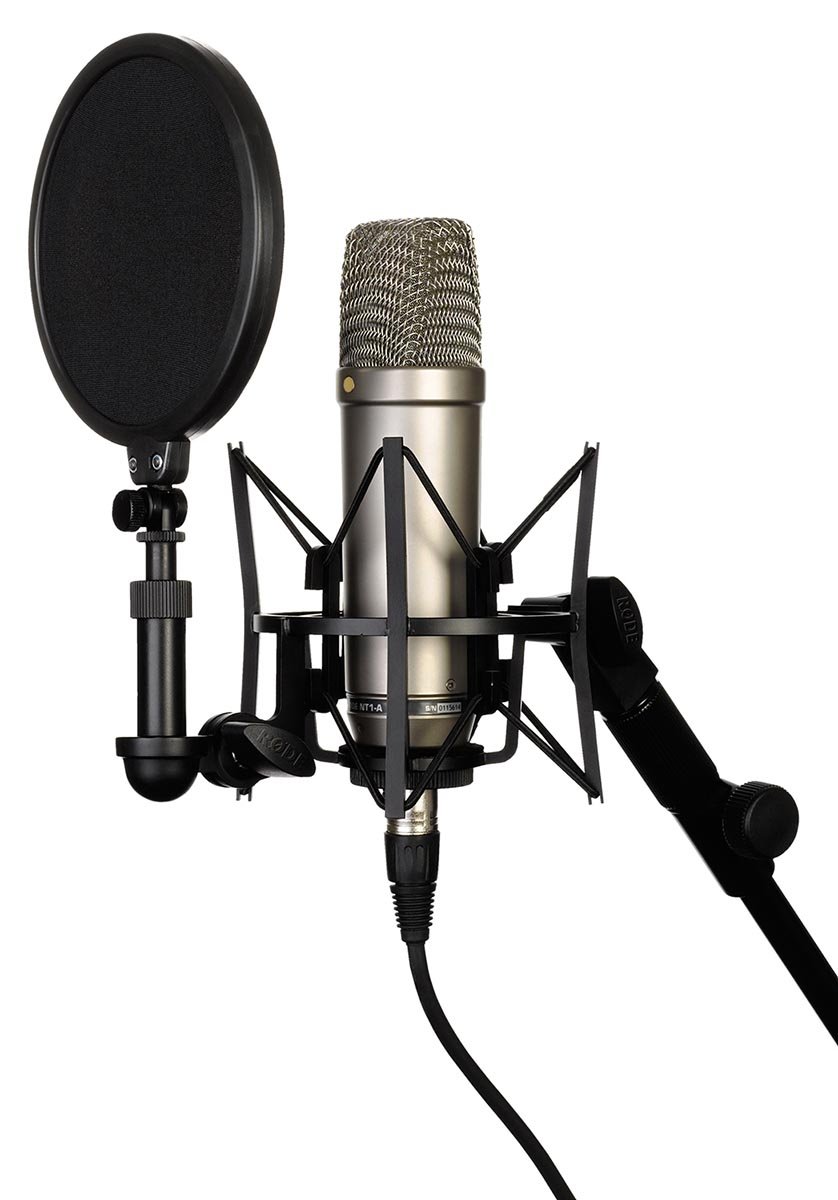
Note. A pop filter and/or reflector shield can enhance your recordings further by removing sharp ‘S’, ‘F’ and ‘P’ sounds.
Recording an interview between two people outdoors or in a setting where a boom mic won’t work? Or your budget won’t stretch to two booms and boom ops.
Use lavelier/lapel mics. We prefer to use the Sennheiser range of EW G3 or G4s. Having used these for years we can quite confidently say that these prosumer level wireless mic packs are the best money can buy in this price bracket. Once you go above this category you are looking at broadcast quality and broadcast priced wireless microphone systems.

If you are in the market for wireless lavelier microphones but can’t stretch your budget to the Sennheiser range then the new and much hyped RØDE Wireless Go series of products are a fantastic entry level piece of kit.
Their form factor is much smaller than the G3s and their ease of use makes them a superb choice for anyone starting out with wireless microphones.
Note. You will need to purchase a frequncy license to use a wireless microphone system on an external shoot. The frequencies available can interfere with other broadcast frequencies and so an individual frequency license is required to ensure there are no duplicate signals on a frequency. Check your local districts website for information on how to obtain them.
What if you can’t have mics in shot at all?
Then a boom mic will sort you out. The RØDE NTG series of booms or the Sennheiser MKH series will do you well.
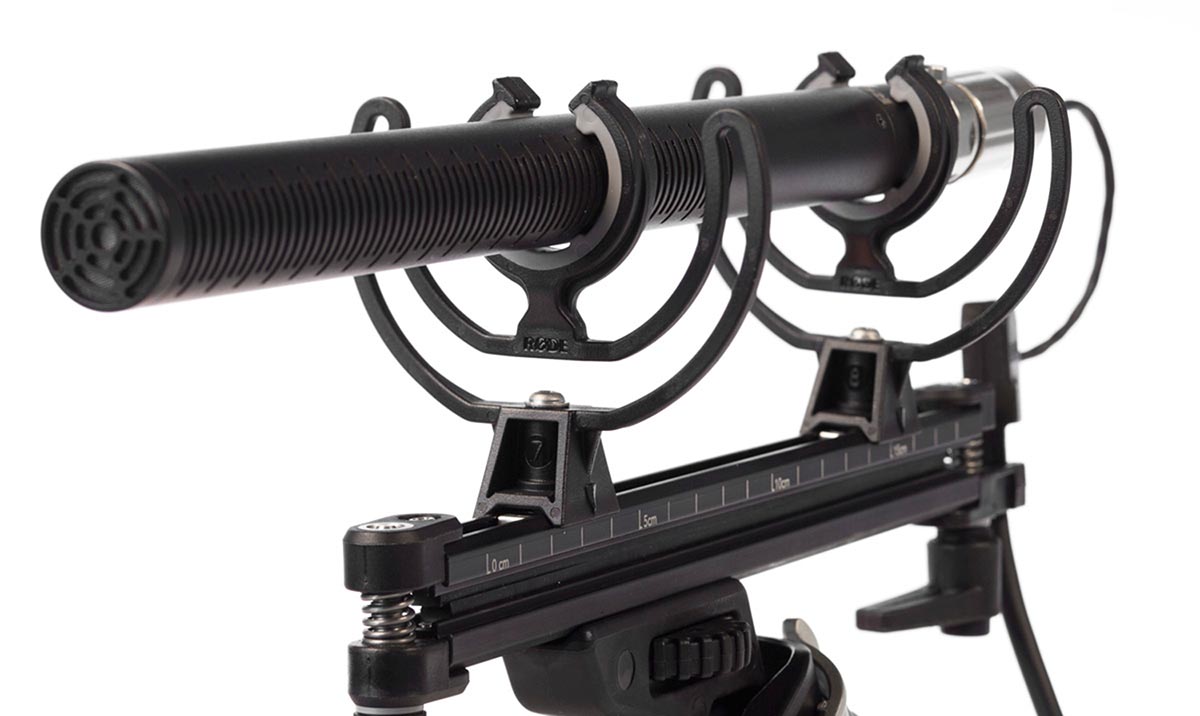
The reason boom mics are the way to go in this scenario is that boom mics are highly directional microphones. They only pick up sound from the direction within which you point it. They are so effective at this that you can have your subject stood several feet away and still have crisp and clear audio from the speaker.
This is why for commercial shoots, TV and features you will see a boom operator with a long pole and a furry blimp on the end. Inside that blimp is a boom mic and it’s the operators job to make sure it is pointed at the actor/subject that is speaking.
#2 You get what you pay for.
When it comes to mics you really should go for the best your budget can afford.
There is no cheap alternative for good sound quality.
Cheap mics can be unreliable and produce terrible sounding audio. It is not worth risking your shoot and your end product.
If you shell out here you will reap the benefits further down the line.
#3 Use a digital audio recorder rather going straight into camera.
Not all camera audio interfaces are created equal. Some are much more reliable than others at producing a clean record of your audio feed.
Negate this issue altogether by investing in a digital audio recorder to record your sound separately from your camera.
You will get better sounding recordings, more reliability and can add more microphones to your setup.
Syncing your footage with the audio recorded via the recorder can be done easily with a few different post production software options.
We like to use the Zoom H range of recorders. They come with different quantities of inputs and settings so choose the one suitable for your setup and budget:
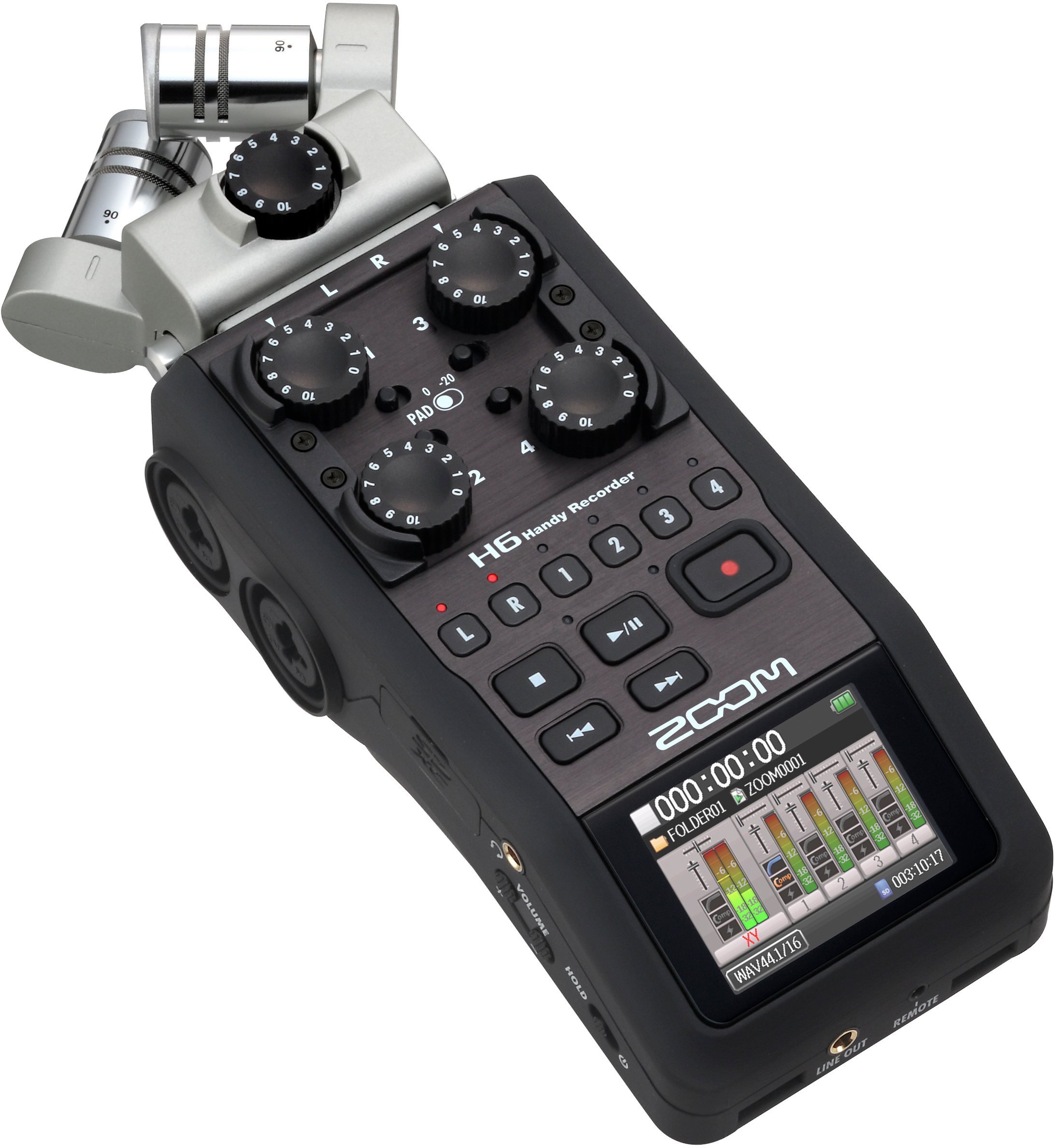
The Zoom H range of recorders are great for entry-level and all the way up to prosumer-level too. Their ease of use and reliability is what makes them a winner for most purchasers. We have used Zoom recorders for years without fault and our go-to is definitely the H6.
For more control, higher quality recordings and overall better build quality then we would also recommend the Mix-Pre range of recorders. Their interface is quick and simple to use and the form factor works very well in an audio in-field side bag.
#4 Avoid clipping your audio and aim for the sweet spot.
Clipped audio is the worst.
It’s very rarely salvageable but yet it’s incredibly easy to avoid happening in the first place.
Always, always, always get your talent or sound source to mic test before you start recording. Ask them to speak, sing or whatever they will be doing at the volume with which they will be doing it once you hit record.
You then want to reduce your mic input volume down so that the loudest parts of their speech comes to about -12db. That gives you plenty of head room if for some strange reason they decide to shout down the mic at something and it also give you enough volume below if they decide to whisper too.
It is always easier to salvage audio that is too quiet than it is audio that is clipped and recorded too high.
#5 Don’t just let it sit there under your footage.
You’ve gone to all this effort to get great sounding audio for your edit, podcast or music piece. Why then would you leave it lying there under your timeline without treating it? You wouldn’t do the same to footage you had just shot.
Sound design can elevate your piece to another level and adding a couple of tweaks to your recordings could be the difference to a stand out piece of content or a mediocre one.
Give it a polish with an EQ balance.
Add a dynamic pass to it to bring the best and curb the rest.
Reduce the background noise with a noice reduction effect.
Use a vocal enhancer to pick out the speaker.
Set all your peaks to the same level.
Note. We set our maximum peak levels to -6db to ensure good levels on export.
For more audio tips, check out my article on the best type of sound reducing panels for your studio setup:
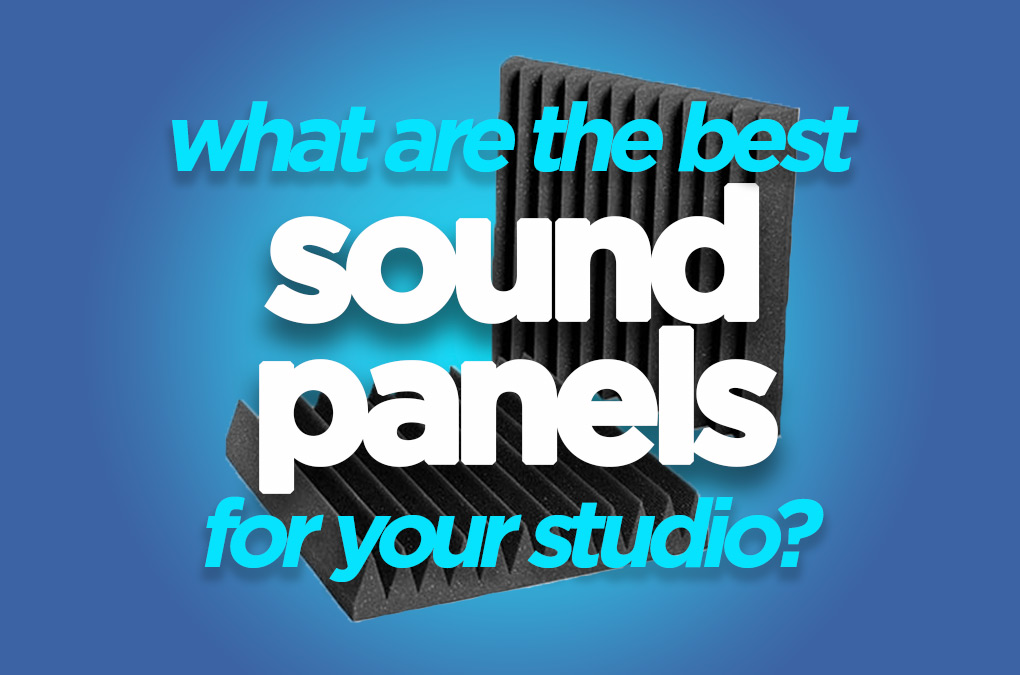
Also found out how to quickly and automatically heal your audio in Adobe Audition here:
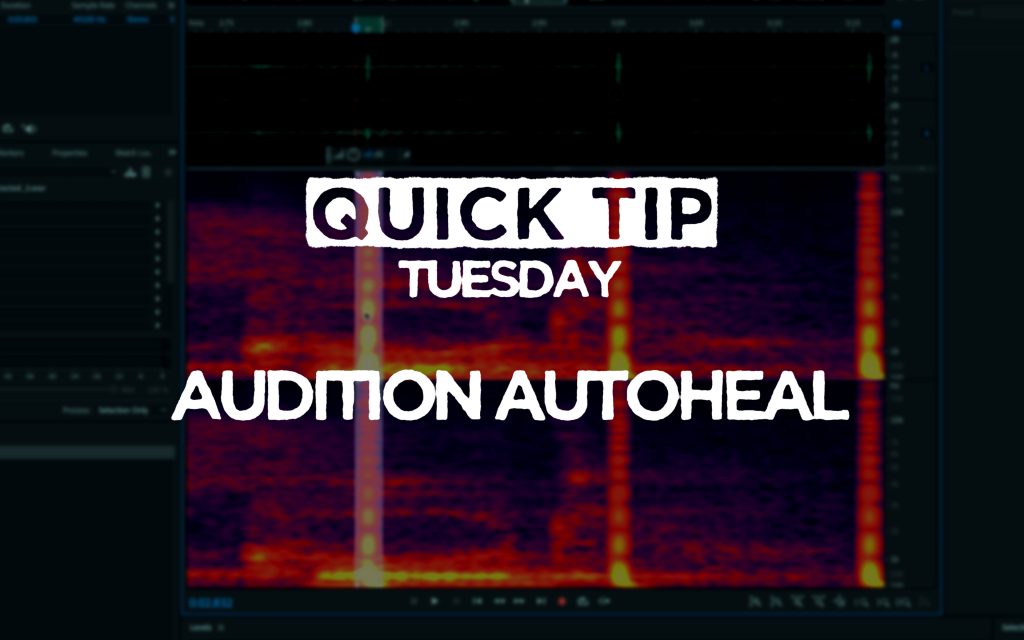
DigiProTips

